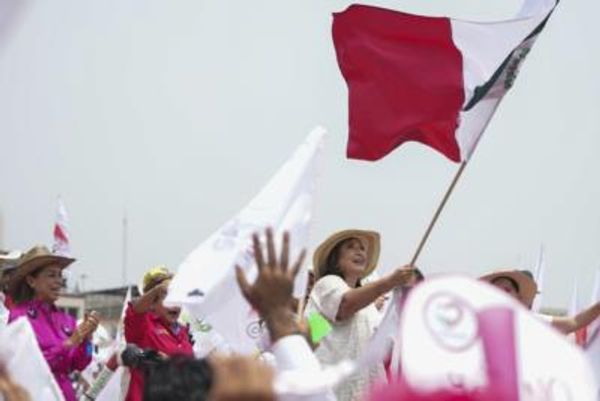When S.R. Ranganathan, born in Siyali (now Sirkazhi) in Mayiladuthurai district in 1892, finished post-graduation and took up teaching of mathematics, he must not have realised that he would be eventually recognised as the doyen of another field that he barely knew about then.
Destiny had other plans. While he was teaching mathematics in Presidency College, he was asked to take up the job of the first librarian of the University of Madras on January 4, 1924. In his own words, he had not even heard of the term, ‘library classification’, at that time.
Stint in England
According to a short biography available on the website of the Indian Statistical Institute, Bengaluru, Ranganathan went back to Herbert Spencer Dunken, the then principal of Presidency College, and told him the library job felt like solitary confinement and requested his teaching job back. Duncan succeeded in persuading him to accept the opportunity to travel to England to learn about library management.
Ranganathan’s stint in England from the late 1924 to the mid-1925 would change his life forever. Though he initially went to the British Museum Library, its principal librarian, Frederic G. Kenyon, suggested that he, instead, go to the School of Librarianship in University College London where he met his lecturer W.C. Berwick Sayers.
Identifying the limitations
Sayers’ teaching made him interested in library science, particularly the various systems of classification of books and other reading material. It was perhaps his background in mathematics and the gift of the eyes of an outsider that made him quickly recognise certain limitations of the Dewey Decimal Classification (DDC), the most widely used system developed by American librarian Melvil Dewey.
Writing about the genesis of the new system he developed, Ranganathan, in an essay, explained how seeing Meccano sets in a shop in London gave him a clue to developing an alternative system, fundamentally different from DDC. With the help of Sayers, he soon developed the ideas of Colon Classification (CC).
Ship library rearranged
His enthusiasm was so much that he ended up using the new system to classify and rearrange all the books in the library on the ship, m.v. Dumana, in which he sailed back to India. Soon after his return in 1925, he tried implementing the new system in the library of the University of Madras, which at that time had around 20,000 books which were not classified in any manner.
He recruited a new staff and over the next six years, Colon Classification was refined and perfected. In 1931, he published the seminal book, The Five Laws of Library Science. The five simple rules he proposed and explained in the book are still globally recognised as the foundational principles guiding library science.
Ranagnathan was, however, not focussed only on his personal intellectual engagement with the library science. His greatness lay in his commitment to the expansion of library science as a field in India, creating more libraries and making them accessible to all. He worked ardently towards these objectives, while continuing his academic contributions to library science till his death in 1972.
A school in Madras
One of the first things he did was starting the School of Librarianship at the University of Madras as he acutely felt the need for qualified professionals in the field. He co-founded the Madras Library Association (MLA) in 1928. Recognising the need for a legal framework for the development of public libraries in the country, he drafted the Model Library Act. This formed the foundation for the passage of the Madras Public Libraries Act, 1948, the first such law to be passed in the country. A report published in The Hindu in August 1991, ahead of his birth centenary celebrations, also credited him with launching the first mobile library in Thanjavur district in 1931.
Documentation centre
With the encouragement of P.C. Mahalanobis, the founder-Director of the Indian Statistical Institute, he founded the Documentation Research and Training Centre in Bengaluru. Ranganathan travelled widely and remained globally respected.
K. Nithyanandam, president of the MLA, who was previously the Library Director of Anna University, says that while the relevance of Ranganathan’s Colon Classification may have slightly diminished owing to the rapid development in technology and the development of other systems of classification, his contribution to the development of library science cannot be erased from history.
Fighting for librarians
Besides encouraging more people to access libraries, Ranganathan fought for the recognition of librarians on a par with the teaching staff at educational institutions. “Until then, librarians were paid paltry salaries and treated as non-teaching staff members,” Mr. Nithyanandam recalls.
It is for his contributions that August 12, his birthday, is celebrated as National Librarians’ Day. With this year’s National Library Week (November 14-20) just concluding, it may be worth taking stock of to what extent the public libraries in India have fulfilled Ranganathan’s vision.







